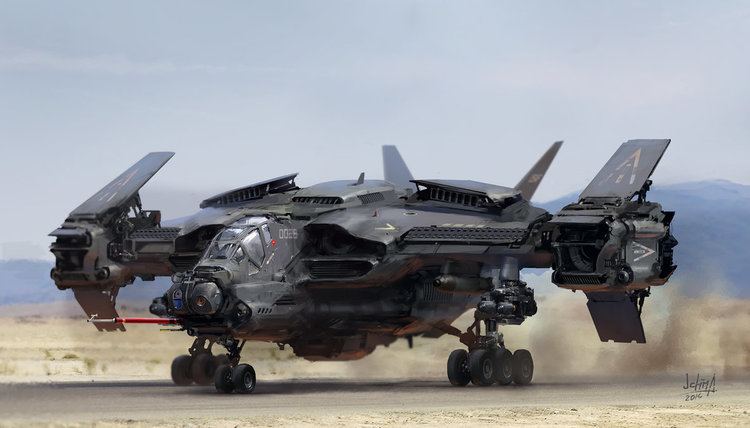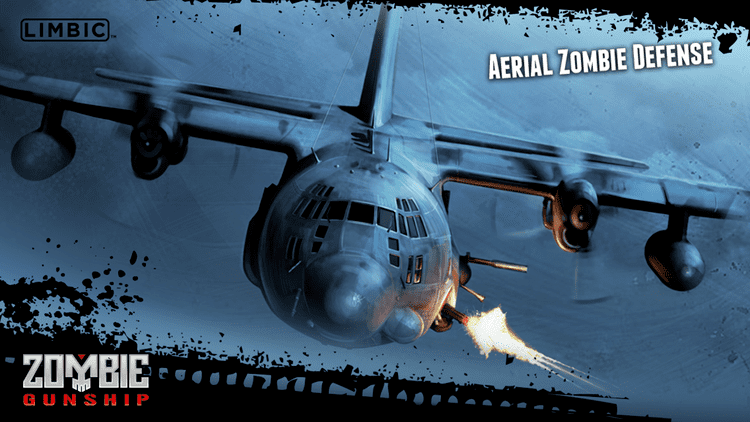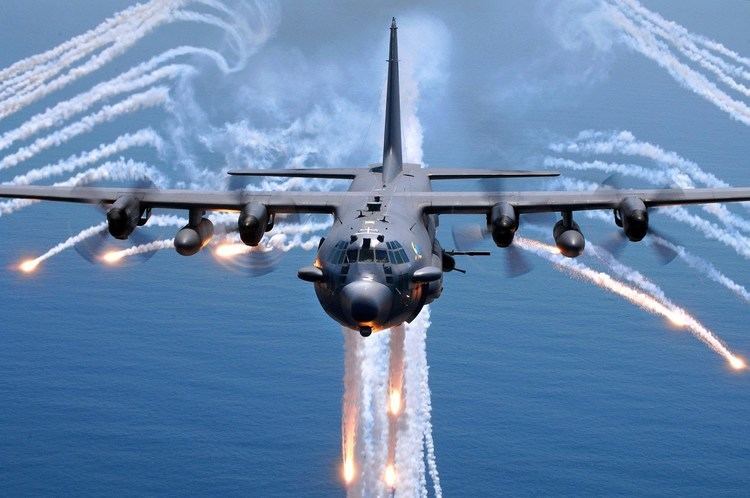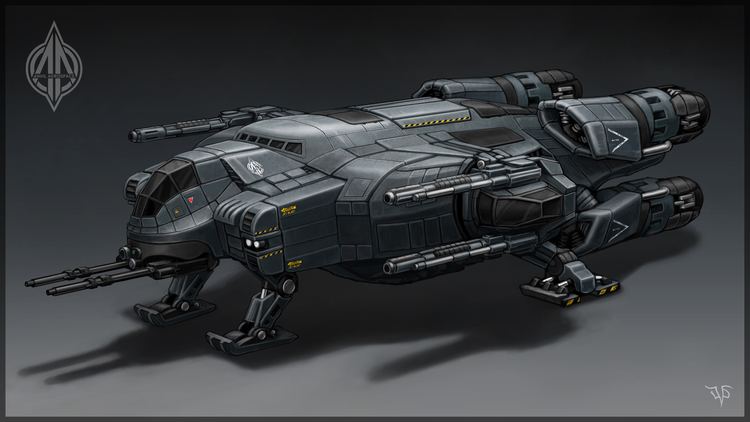 | ||
Deadliest aircraft in the u s air force the ac 130 spectre gunship full documentary 720p hd
A gunship is a military aircraft armed with heavy guns, primarily intended for attacking ground targets.
Contents
- Deadliest aircraft in the u s air force the ac 130 spectre gunship full documentary 720p hd
- Legendary ac 130 in action spooky gunship firing live fire
- Terminology
- Bomber escort
- Attack aircraft
- Fixed wing aircraft
- Helicopter gunships
- Examples of gunships
- References
Legendary ac 130 in action spooky gunship firing live fire
Terminology

The term gunship originated in the mid-19th century as a synonym for gunboat and also referred to the heavily armed ironclad steamships used during the American Civil War.
Bomber escort

During 1942 and 1943, the lack of a usable escort fighter for the United States Army Air Forces in the European Theatre of Operations led to experiments in dramatically increasing the armament of a standard Boeing B-17F Flying Fortress, and later a single Consolidated B-24D Liberator to each have 14 to 16 Browning AN/M2 .50 cal machine guns as the Boeing YB-40 Flying Fortress and Consolidated XB-41 Liberator "heavy fighters" respectively; each meant to accompany regular heavy bomber formations over occupied Europe on strategic bombing raids for long-range escort duties. The YB-40 was sometimes described as a "gunship" and a small 25-aircraft batch of the B-17-derived "gunships" were built, with a dozen of these deployed to Europe; while the XB-41 remained a prototype only.
Attack aircraft

During World War II, the urgent need for hard-hitting attack aircraft led to the development of the heavily armed gunship versions of the North American B-25 Mitchell. The 405 examples produced of the B-25G variant were armed with a 75 mm (2.95 in) M4 cannon and the thousand examples produced of the B-25H followed with a lighter TE13E1 cannon of the same caliber. The most-built B-25J variant omitted such heavy-calibre weaponry, but could in some cases, carry an impressive total of eighteen "Ma Deuce" AN/M2 Browning .50-cal machine guns, more than any other contemporary American aircraft: eight in the nose, four in under-cockpit conformal flank-mount gun pod packages, two in the dorsal turret when aimed directly forward, one each in the pair of waist positions, and a pair in the tail—with fourteen of the guns either permanently aimed forward, or aimable directly forward in the dorsal turret — relocated to a forward position for both the -H and -J subtypes as produced — for strafing missions. Later the B-25J was additionally armed with eight 5 in. (130 mm) high velocity aircraft rockets (HVAR).

Similar attempts by the British and Germans to create twin-engined "gunships" carrying similarly heavy cannon-style ordnance resulted in the seventeen examples built of the de Havilland Mosquito FB Mk XVIII, bearing an auto-loader equipped aviation version of the 57mm calibre Ordnance QF 6-pounder; and the sizable number of German Zerstörer heavy fighter types using examples of the Bordkanone heavy-calibre guns: in contrast to the handfiul of "tankbuster"-dedicated Kanonenvogel Ju 87Gs, armed with the BK 3,7 twin 37mm autocannon in underwing gun pods, aircraft like the Ju 88P were used for both "tankbuster" and bomber destroyer duties as "gunships", using all three calibre sizes (37, 50 and 75mm) of the Bordkanone series ordnance in its four known subtypes, while the Umrüst-Bausatz /U4 factory conversion package for the Me 410 Hornisse armed it with the same BK 5 cannon 50mm calibre ordnance as the Ju 88P-4 used, almost solely for bomber destroyer duties. None of the German twin-engined "gunship" types were "produced" or converted in large numbers.
Fixed-wing aircraft

In the more modern, post-World War II fixed-wing aircraft category, a gunship is an aircraft having laterally-mounted heavy armaments (i.e. firing to the side) to attack ground or sea targets. These gunships were configured to circle the target instead of performing strafing runs. Such aircraft have their armament on one side harmonized to fire at the apex of an imaginary cone formed by the aircraft and the ground when performing a pylon turn (banking turn).
As the first notable case of the now-standard use of "gunship", in 1964, during the Vietnam War, the popular Douglas C-47 Skytrain transport was successfully modified by the United States Air Force with side-firing Miniguns for circling attacks. At the time the aircraft was known as "dragonship" or "Puff, the Magic Dragon" (officially designated FC-47, later corrected to AC-47). It was the later and larger Lockheed AC-130 Gunship II that became the modern, post–World War II origin of the term "gunship" in military aviation. These heavily armed aircraft used a variety of weapon systems, including 7.62 mm GAU-2/A Miniguns, 20 mm (0.787 in) M61 Vulcan six-barrel rotary cannons, 25 mm (0.984 in) GAU-12/U Equalizer five-barreled rotary cannons, 30 mm Mk44 Bushmaster II chain guns, 40 mm (1.58 in) L/60 Bofors autocannons, and 105 mm (4.13 in) M102 howitzers. The Douglas AC-47 Spooky, the Fairchild AC-119, and the AC-130 Spectre/Spooky, were vulnerable, and meant to operate only after achieving air superiority. Smaller gunship designs such as the Fairchild AU-23 Peacemaker and the Helio AU-24 Stallion were also designed by the United States during the Vietnam War. These aircraft were meant to be cheap and easy to fly and maintain, and were to be given to friendly governments in Southeast Asia to assist with counter-insurgency operations, eventually seeing service with the Khmer National Air Force, Royal Thai Air Force, and Vietnam Air Force as well as limited use by the United States Air Force.
Renewed interest in the concept of gunships has resulted in the development of a gunship variant of the Alenia C-27J Spartan. Although the United States Air Force decided not to procure the AC-27J, other nations including Italy have chosen the aircraft for introduction. Additionally, in 2013 the US Air Force Special Operations Command reportedly tested a gunship version of the C-145A Skytruck armed with a GAU-18 twin-mount .50-calibre machine gun system.
Helicopter gunships
Early helicopter gunships also operated in the side-firing configuration, an early example being the Aérospatiale Alouette III. During the Overseas wars in Africa in the 1960s, the Portuguese Air Force experimented to install M3 Browning .50 caliber machine guns in a side-firing twin-mounting configuration in some of its Alouette III helicopters. Later, the .50 caliber machine guns were replaced by a MG 151 20mm cannon in a single mounting. These helicopters were known in Portuguese service as "helicanhões" (heli-cannons) and were used in the escort of unarmed transport helicopters in air assault operations and in the fire support to the troops in the ground. The South African and Rhodesian air forces later used armed Alouette III in similar configurations as the Portuguese, respectively in the South African Border and Rhodesian Bush wars.
During the Vietnam War, the ubiquitous Bell UH-1 Iroquois helicopters were modified into gunships by mounting the U.S. Helicopter Armament Subsystems—these were forward-firing weapons, such as machine guns, rockets, and autocannons, that began to appear in 1962–1963. Rotary-wing aircraft (helicopters) can use a variety of combat maneuvers to approach a target. In their case, the term gunship is synonymous with heavily armed helicopter. Specifically, dedicated attack helicopters such as the Bell AH-1 Cobra also fit this meaning. In any case, the gunship armaments include machine guns, rockets, autocannons, missiles, etc.
The Soviet Mil Mi-24 (NATO code name: Hind) is a large, heavily armed and armored helicopter gunship and troop transport. It was introduced in the 1970s and operated by the pre-1991 Soviet Air Force and its successors post-1991, and more than 30 other nations. Its armaments include machine guns, rockets, cannons, missiles, etc. Its fuselage is heavily armored and is designed to withstand .50 caliber (12.7 mm) machine gun fire. Its armored cockpits and titanium rotor head are able to withstand 20 mm cannon hits.
